
#review&reflect: Learning to Win from Failure

This is TheSchoolHouse302 monthly #review&reflect, wrapping up our focus on how Great Leaders Win from Failure.
Skills I need…
The only way to to grow and achieve great things is to take risks, which at times is met with failure. The question is, how well do you plan your steps forward to ensure you can bounce back from setbacks and failed attempts?
Review: This month we focused on how successful people endure major setbacks, both personally and professionally, as life presents a series of challenges that can crush some of our greatest goals and desires. Our message is that you should learn from failure, and more importantly, learn how to mitigate risks through key steps. Our three-part model is designed to help you uncover how to NOT fail by taking calculated risks in life and business. We introduce the three Fs of failure that you don’t want to have on your leadership report card.
F#1: Failure to Launch–you can’t fail, if you don’t try.
The harsh reality is that inaction crushes any chance of success. Too often we are paralyzed by fear and uncertainty. Don’t become burdened by your goals but rather simply gain clarity by breaking down the goal into manageable steps and then take the first one. Once you take the first step, you won’t be disappointed. Don’t let another day go by.
F#2: Fear of Not Making a Massive Contribution–small steps lead to long treks.
We need to be sure that we use the right yardstick to measure what we are looking to accomplish and detail the incremental steps along the way that reinforce that we are making progress. It’s common for our goals to be so lofty that when massive change or when intense contribution are not immediate and apparent outcomes, we lose track of the fact that small steps are the mile markers that indicate that we are moving forward.
F#3: Fixating on the Wrong Measures–avoid thinking about the product, and focus on the process.
Setting goals and having clear targets are keys to success because if you don’t know where you are going, you have no chance of getting there. However, we tend to overlook the daily inputs, tasks, and behaviors that need to be done throughout the journey that are necessary to finding ultimate success. Essentially, the day-to-day activities that will lead to accomplishments are what should be our cherished moments and not the mere accomplishment itself.
The model is straightforward and designed to help leaders learn how to not fail but to take calculated risks in life and business, knowing that failure is an option. Avoid earning yourself these three Fs on your report card of success and you’ll fail forward with the greatest leaders of all time.
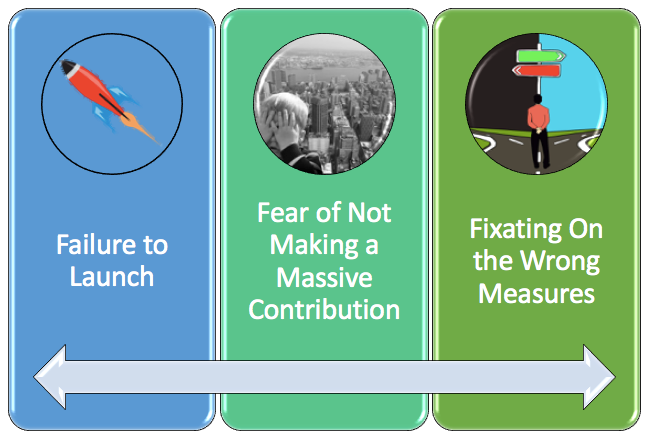
Reflect: Each aspect of the model is critical for overall success and maximum effectiveness. While reviewing and considering each, determine which one you need to focus on to take calculated risks to achieve new heights. For example, you may start many new things without really taking the time to lay out what is truly required to achieve your goals. Each part of the model is designed to prevent you from making critical mistakes that often lead to failure. The idea is that you decide on what you really want to accomplish and have clarity on how. We heard from Rand Fishkin on the importance of perspective and how we have certain ideas about business and success that are misleading and misguided. His thoughts on failure, and really on figuring out what you want to achieve, are powerful so don’t miss his One Thing Series leadership podcast interview. He walks us through his own growth process as a leader and as a entrepreneur. His wisdom is critical in advising listeners that you should not be fixated on the wrong measures, using the wrong determinants of success. He also reminds us that we are not perfect and that we need to learn to forgive ourselves so that we can thrive in a self-reflective state where it is okay to takes risks.
As a leader, are you willing to take the initial steps to lead yourself and your organization to greater achievement? What fears do you need to overcome?
How do I learn those skills…
What should I read to continually learn and grow if I want to win from failure and learn to take calculated risks?
Review: In our #readthisseries we featured the work of authors who embody what it means to learn from failure and grow to be an effective leader:
Lost and Founder: A Painfully Honest Field Guide to the Startup World by Rand Fishkin
Fearless at Work: Timeless Teachings for Awakening Confidence, Resilience, and Creativity in the Face of Life’s Demands by Michael Carroll
Failing Forward: Turning Mistakes Into Stepping Stones for Success by John Maxwell
You can’t miss our #readthisseries on keeping failure in perspective and ultimately learning from mistakes to move forward in life and work. Watch it again here.
Reflect: Do I have a firm grasp on what my organization needs to accomplish? Do I have clarity around the steps we need to take to achieve our goals? How well are we prepared to handle setbacks? Of the three parts of the model, which one do I need to start doing differently today?
Great leaders understand the power of thinking big and moving forward in calculated ways. They know that in order to reach new heights, achieve great things, and accomplish major goals, there are beacons–clarity and purpose– to guide and steer the ship. They are also crystal clear on the potential challenges, setbacks, and possible failures that loom. This month, reflect on how well you and your organization are setup to take calculated risks to achieve your goals. Based on the 3-part model, and using a 5-point scale, 1 being ineffective and 5 being highly effective, rate yourself and your team:

Who should I follow…
What does an expert have to say about learning to win from failures as a leader?
Review: For our #onethingseries, we interviewed Rand Fishkin, founder of SparkToro, previously co-founder of Moz and Inbound.org.
Throughout the interview, Rand emphasized how failure is not the end of an idea and challenged many of our preconceived ideas around American business culture. He stressed the need for diversity in people, thinking, and ideas to help us see multiple perspectives to lead better and grow faster. He emphasized the importance of growing and how “you learn more when you’re uncomfortable than when you’re comfortable.” His thoughts on failure and his approach to life emerged throughout the interview as he talked about forgiveness.
Reflect: Rand reminds us that life is how we perceive it and diversity helps us gain greater perspective so that we can experience all of the life’s rewards and challenges. The objective is in looking at life through the right lens.
Do you have a group of people who you can rely on to give you honest, challenging, and different perspectives?
The definition of leadership is influence, and by learning how to mitigate risks and learn from failure, you can find success, which improves your ability to influence others. By expanding your influence, you can be helpful to more people, and that’s one of the most important characteristics of any great leader–the desire to help others.
That’s our #review&reflect for Winning from Failure. Take a look back to take a step forward.
TheSchoolHouse302 is about getting to simple and maximizing effective research-based strategies that empower individuals to lead better and grow faster.
Please let us know how our leadership posts are working for you, what you are reading to improve yourself, and your thoughts on leadership and growth here on our blog and Twitter. Follow our #onethingseries podcast on iTunes and our #readthisseries on YouTube.


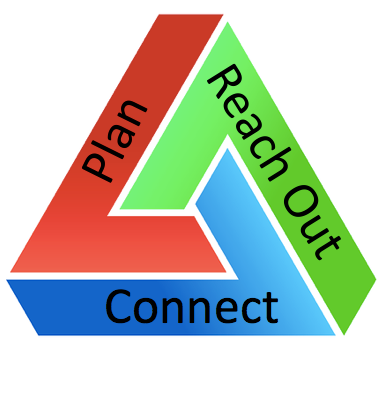

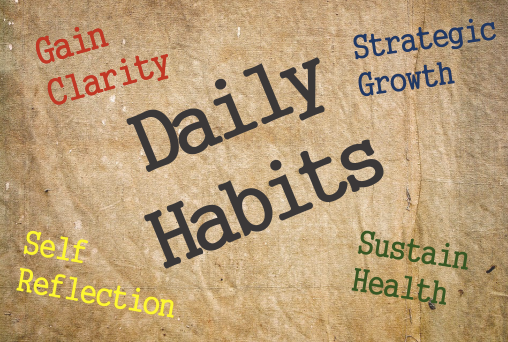
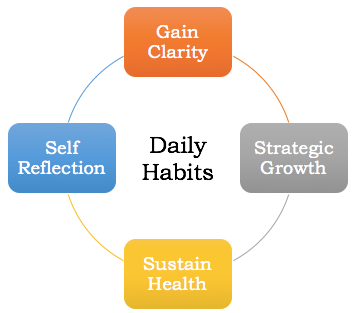




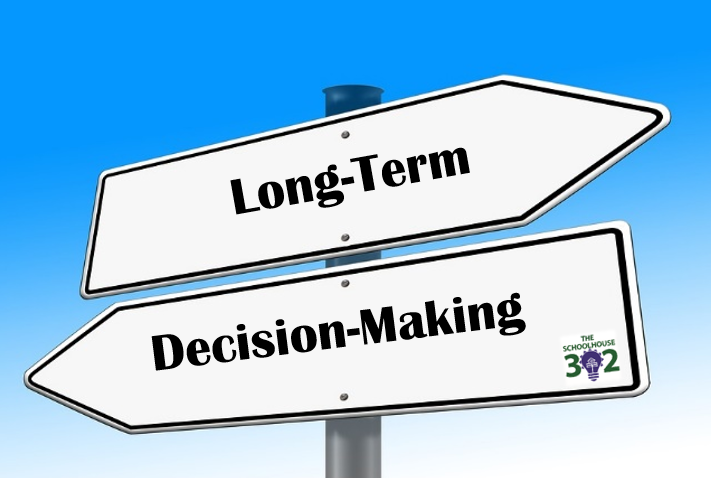


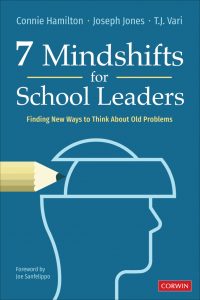 7 Mindshifts for School Leaders: Finding New Ways to Think About Old Problems.
7 Mindshifts for School Leaders: Finding New Ways to Think About Old Problems. 


